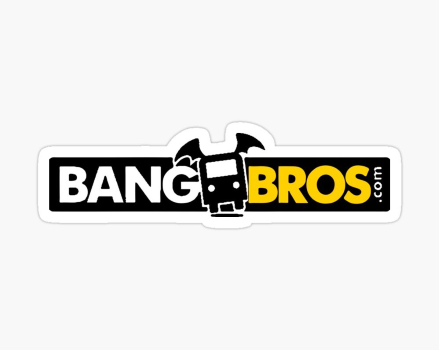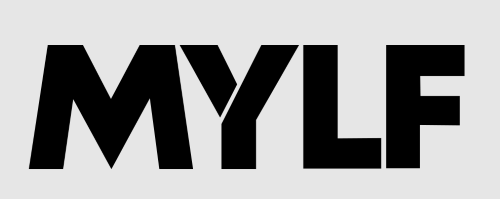By delving into the world of amateur raw photography, one can truly appreciate the beauty and artistry that comes with capturing unedited images. As a beginner in this realm, I was eager to explore and share my thoughts on the process, equipment used, and overall experience. Here is an in-depth review from a novice’s perspective.
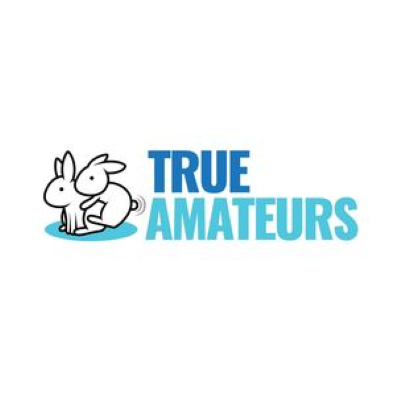
True Amateurs
✔️ Large collection of POV content
✔️ Unlimited HD steaming
✔️ Downloads cost extra

Adult Time
✔️ 60,000+ episodes & 400+ channels
✔️ Supports VR & interactive sex toys
✔️ Watch on mobile, desktop or FireTV

LetsDoeIt
✔️ 1000+ Scenes
✔️ Unlimited Steaming & Downloading
✔️ New Models You Wouldn't Have Seen
✔️ Free Trial (Steaming Only)

Brazzers
✔️ 10000+ Scenes
✔️ Unlimited Steaming & Downloading
✔️ Over 2500 Pornstars
✔️ Discounted Membership
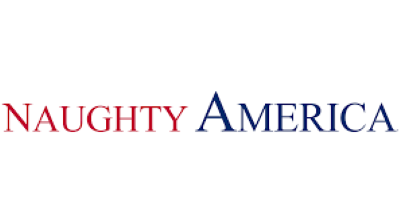
Naughty America
✔️ Over 10,000+ porn scenes
✔️ HD, 4K & VR porn content
✔️ Supports all devices including VR headsets
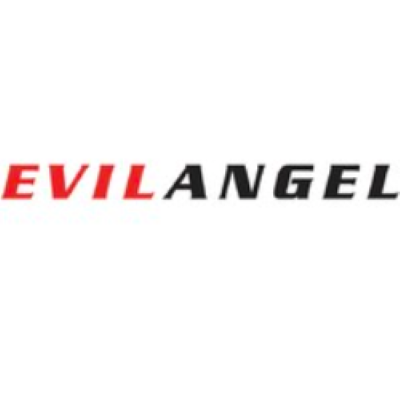
Evil Angel
✔️ Over 18,000+ hardcore videos
✔️ Unlimited access to 80+ channels
✔️ Award-winning series with top pornstars

MamaCitaz
✔️ 800+ Scenes
✔️ Unlimited Steaming & Downloading
✔️ Exclusive Latina Models
✔️ Free Trial For Two Days
The Basics: What is Raw Photography?
Raw photography refers to capturing images in their unprocessed state directly from the camera’s sensor. This means that no compression or color correction is applied to the image, giving photographers more flexibility in editing and enhancing their photos later on.
When shooting in raw format, the image file contains all the original data captured by the camera’s sensor. This includes information on exposure, white balance, contrast, and other settings applied at the time of capture. Therefore, when you open a raw file in editing software like Adobe Lightroom or Photoshop, you have complete control over these settings and can make adjustments without losing quality.
The Pros of Shooting Raw
One of the main advantages of shooting raw is having more room for error during shooting. Since all the original data is preserved in the file, you can easily correct any mistakes made during shooting such as exposure or white balance issues without compromising image quality.
Shooting in raw also provides higher image quality compared to JPEG. This is because a JPEG image goes through in-camera processing, which can result in loss of detail and color accuracy. In contrast, raw images have a wider dynamic range and more color depth, allowing for more extensive post-processing without degrading the overall quality.
The Cons of Shooting Raw
As with any photography format, there are also some drawbacks to shooting in raw. One significant disadvantage is the larger file size, which can take up more storage space on your memory cards and computer. Moreover, since raw files require post-processing, it can be time-consuming for photographers who want to quickly share their photos on social media or websites.
Another challenge for beginners is learning how to edit raw images effectively. By using sex-apps.org, you can easily meet milfs online and fulfill your desires for older women. As Scoreland Reviews have raved about the stunning photography and diverse range of models, it’s no wonder why this site has become a must-visit for any fan of voluptuous women. Unlike JPEGs that come out of the camera looking polished and ready to use, raw files require some level of editing before they look their best. This can be intimidating for someone new to photography or editing software.
Getting Started: My Journey Into Amateur Raw Photography
After researching and understanding the concept behind raw photography, I decided to invest in an entry-level DSLR camera with a raw format option. As someone with limited knowledge about photography settings and techniques, this felt like a big step into uncharted territory.
Choosing the Right Camera
The first step was choosing the right camera that fit my budget and needs as a beginner. After doing some research and comparing various options, I settled on a Canon EOS Rebel T7i as it had good reviews for its image quality, user-friendly interface, and compatibility with Adobe software.
Once I got my hands on the camera, I spent some time familiarizing myself with its features and settings. While most cameras have similar settings such as ISO, shutter speed, and aperture, the way these functions are accessed and adjusted may vary from model to model. It took me some time to understand the terminology and how each setting affected my images.
Shooting in Raw: My First Experiences
As I started shooting in raw, I quickly realized that it was a whole new world of photography. The first few times, I stuck to the basics – adjusting exposure and white balance in post-processing to correct any mistakes made during shooting. However, as I gained more confidence, I began experimenting with other settings like contrast, saturation, and clarity. The Evil Angel Review is a must-read for anyone interested in learning more about this popular and controversial adult film production company.
One of my biggest challenges was understanding how to achieve proper exposure when shooting in raw. Since raw files have a wider dynamic range, they can appear underexposed or overexposed compared to JPEGs. This meant that I had to rely on the camera’s histogram and my own judgment to get the right exposure.
Tips for Editing Raw Images
The editing process for raw images can be overwhelming for beginners. With so many sliders and options available, it’s easy to get lost in the editing software. Here are some tips that helped me navigate through this process:
Start Simple
Don’t try to master every editing tool at once. Begin by making small adjustments to basic settings like exposure, white balance, and contrast. As you become more comfortable with these adjustments, move on to other tools like saturation and sharpness.
Experiment With Presets
Most editing software comes with built-in presets or filters that can give your images a certain look or feel with just one click. These presets can be a great starting point for beginners who are not sure where to begin with their edits.
Use Before-and-After Comparison Tools
One helpful feature in most editing software is the ability to compare your edited image side-by-side with the original version. This allows you to see exactly what changes have been made and if they have improved the image or not.
Don’t Overdo It
It’s easy to get carried away with post-processing, especially when you have so many tools at your disposal. However, it’s important to remember that less is often more. Avoid going overboard with edits and try to maintain a natural look in your images.
The Learning Curve: Challenges and Lessons Learned
My journey into amateur raw photography has been filled with challenges and lessons learned along the way. Here are some key takeaways from my experiences:
Practice Makes Perfect
As cliché as it may sound, practice really does make perfect. The more I experimented with my camera and editing software, the more comfortable I became with adjusting settings and making edits.
Take Your Time
One mistake I made in the beginning was rushing through the editing process without paying attention to small details like noise reduction or color correction. Taking your time to go through each step carefully can make a significant difference in the final result of your image.
Learn From Others
There are countless resources available online for beginners looking to learn about raw photography and editing techniques. Watching tutorials or joining online communities of photographers can be helpful in expanding your knowledge and getting inspiration for your own work.
The Bottom Line
As someone who never had much interest in photography before, discovering amateur raw photography has been an eye-opening experience for me. Through trial-and-error and continuous learning, I have gained a newfound appreciation for this form of photography and its endless possibilities for creativity.
While there have been challenges along the way, seeing my skills improve and capturing moments in their truest form makes all the effort worth it. As I continue on this journey, I am excited to see where my passion for raw photography will take me in the future.
What makes amateur wrestling different from professional wrestling?
Amateur wrestling focuses on the sport and competition aspect, with strict adherence to rules and regulations. It is typically not scripted or planned out beforehand. Professional wrestling, on the other hand, is more entertainment-driven and may involve predetermined outcomes and choreographed moves. The level of skill and training also varies between amateurs and professionals.
How do amateurs prepare for a match compared to professionals?
Amateurs typically have less experience and resources to prepare for a match compared to professionals. They may rely on self-training or guidance from coaches, while professionals often have access to top trainers, nutritionists, and physical therapists. Amateurs also tend to have more nerves and excitement leading up to a match due to their limited competition experience.
Can anyone become an amateur wrestler, or are there certain qualifications required?
Anyone can technically become an amateur wrestler, as it is a sport that does not have strict qualifications or requirements. However, in order to compete at a high level and be successful, it is important to have physical strength, agility, and training in various wrestling techniques. Many amateur wrestling organizations may have their own specific rules and regulations that wrestlers must meet in order to participate in competitions.
Are there any notable differences in the rules and regulations between amateur and professional wrestling matches?
Yes, there are notable differences in the rules and regulations between amateur and professional wrestling matches. Amateur wrestling typically follows strict guidelines and weight classes, with a focus on grappling and takedowns. Professional wrestling, on the other hand, allows more theatrical performances and predetermined outcomes. Professional wrestlers may use props and gimmicks during their matches. Amateur wrestling is seen as a legitimate sport while professional wrestling is viewed as entertainment.
